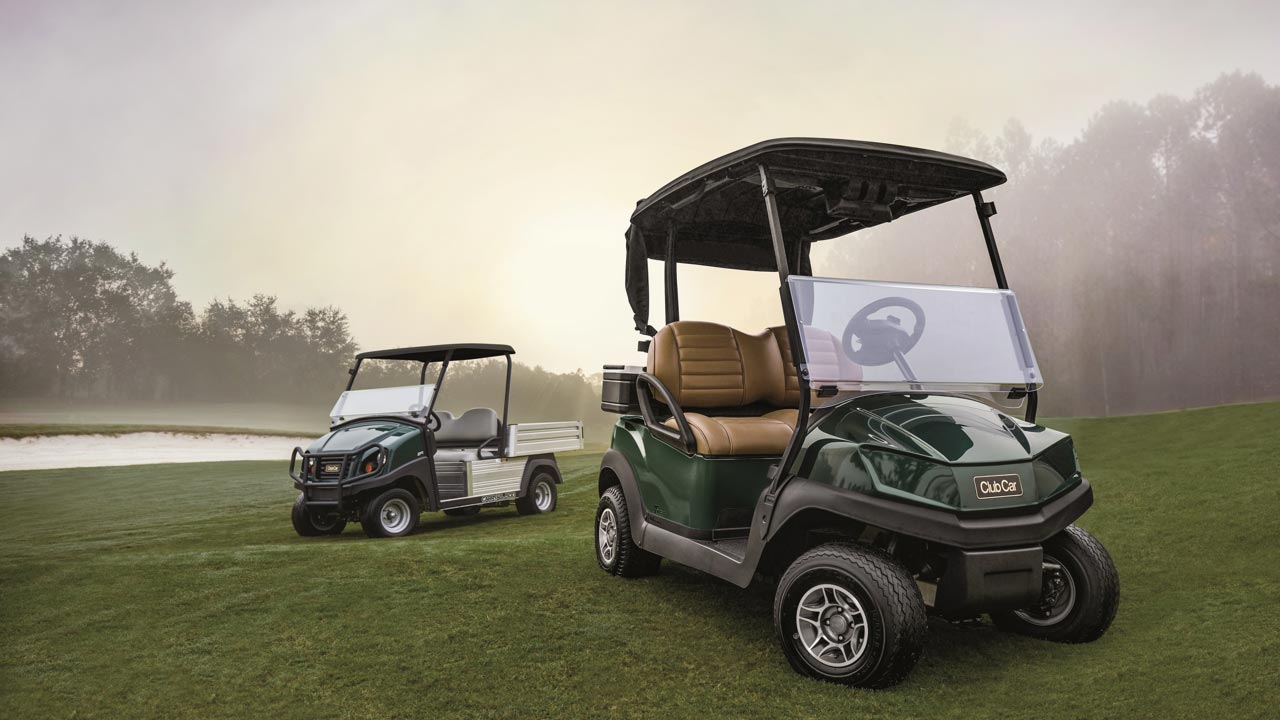
Common Issues with Lithium Conversion in Club Car Golf Carts Using High-Speed Modules
Many users report challenges when upgrading Club Car models with high-speed modules and lithium golf cart batteries, especially regarding compatibility and performance stability.
Why Convert to Lithium Golf Cart Batteries?
Switching to lithium golf cart batteries offers undeniable benefits—lighter weight, faster charging, longer lifespan, and improved power efficiency. However, pairing lithium power systems with high-speed modules in Club Car models has presented unexpected challenges. These high-performance upgrades are meant to boost top-end speed and acceleration, but in practice, they can lead to performance inconsistencies, system compatibility issues, and electrical complications if not managed correctly.
1. Speed Variation and Inconsistent Performance
Issue: After converting to lithium batteries, many users experience irregular speed behavior. The cart may surge at times and slow down unexpectedly, especially when accelerating or driving uphill.
Cause: High-speed modules alter the controller’s speed map to push the cart beyond its factory settings. When lithium batteries are introduced, the voltage profile and discharge curve behave differently than lead-acid batteries, resulting in mismatched output signals to the motor controller.
Solution: Reprogram the speed controller with a lithium-specific firmware or map. Some lithium battery brands offer compatible controllers or adapters that can smooth out acceleration curves and eliminate speed inconsistencies.
2. Controller Compatibility Problems
Issue: Some Club Car carts won’t operate correctly after a lithium battery conversion when using a high-speed module. You might encounter sudden shutoffs or controller errors.
Cause: Many stock and aftermarket controllers are designed with lead-acid battery profiles in mind. Lithium batteries provide a constant voltage output for most of their cycle, which may confuse controllers expecting voltage dips that indicate battery status.
Solution: Upgrade to a controller that supports lithium battery communication protocols. Alternatively, install a compatible Battery Management System (BMS) that can communicate with the cart’s existing controller and relay correct data.
3. Wiring and Installation Complications
Issue: Users often report installation problems such as blown fuses, connector mismatches, or improper gauge wires causing overheating.
Cause: Lithium battery packs have different physical layouts, terminal designs, and power ratings compared to standard battery banks. Improper installation or incompatible wiring harnesses can create electrical resistance or shorts.
Solution: Use a lithium conversion kit designed specifically for Club Car models. These kits typically include the correct cable gauges, mounting brackets, and connectors to ensure safe and efficient installation. Hiring a professional installer is also highly recommended for users unfamiliar with high-voltage systems.
4. Performance Drop at Higher Speeds
Issue: After installing a high-speed module with a lithium system, some carts feel underpowered at top speeds or struggle on inclines.
Cause: While lithium batteries provide more consistent power, some setups may not deliver sufficient current (amperage) to support high-speed demands. This is especially true if the battery pack has a low maximum discharge rate (C-rate).
Solution: Ensure the lithium battery pack has a high enough continuous and peak discharge rate to meet the demands of a high-speed motor. Look for battery specs that support the required amperage for both acceleration and sustained speed. Adding a secondary pack or choosing a higher C-rated battery may resolve the issue.
Tips for a Successful Lithium Conversion
- Choose lithium battery brands that offer compatibility charts or recommended setups for Club Car models.
- Opt for battery packs with built-in BMS and diagnostics features to simplify monitoring and maintenance.
- Always verify voltage, amperage, and BMS settings before installation.
- Consult with a golf cart technician who has experience with high-speed and lithium system integration.
Conclusion
Upgrading your Club Car with high-speed modules and lithium golf cart batteries can unlock excellent performance—but only when done correctly. From speed inconsistencies to wiring challenges, understanding these potential issues and applying the proper solutions will ensure a smoother, safer, and more enjoyable ride. With the right components and a thoughtful installation process, your lithium-powered golf cart can deliver powerful, long-lasting performance tailored to your driving style.
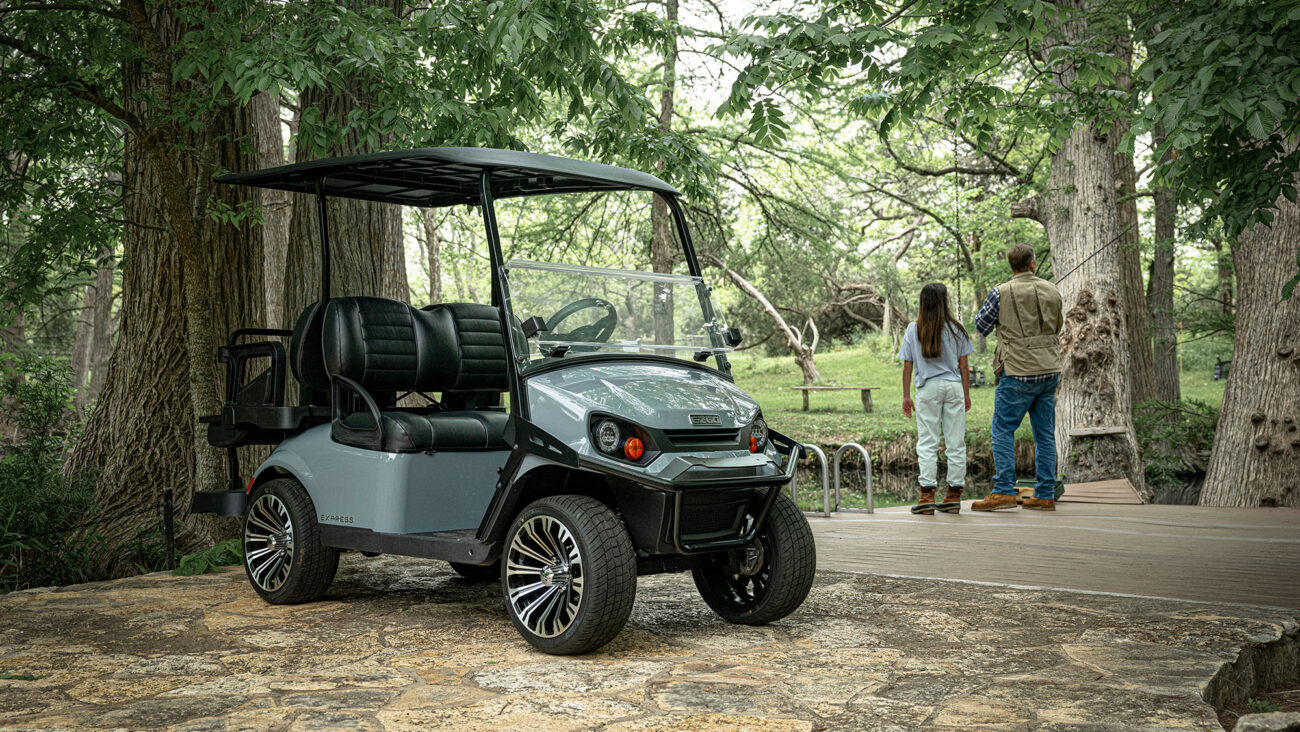
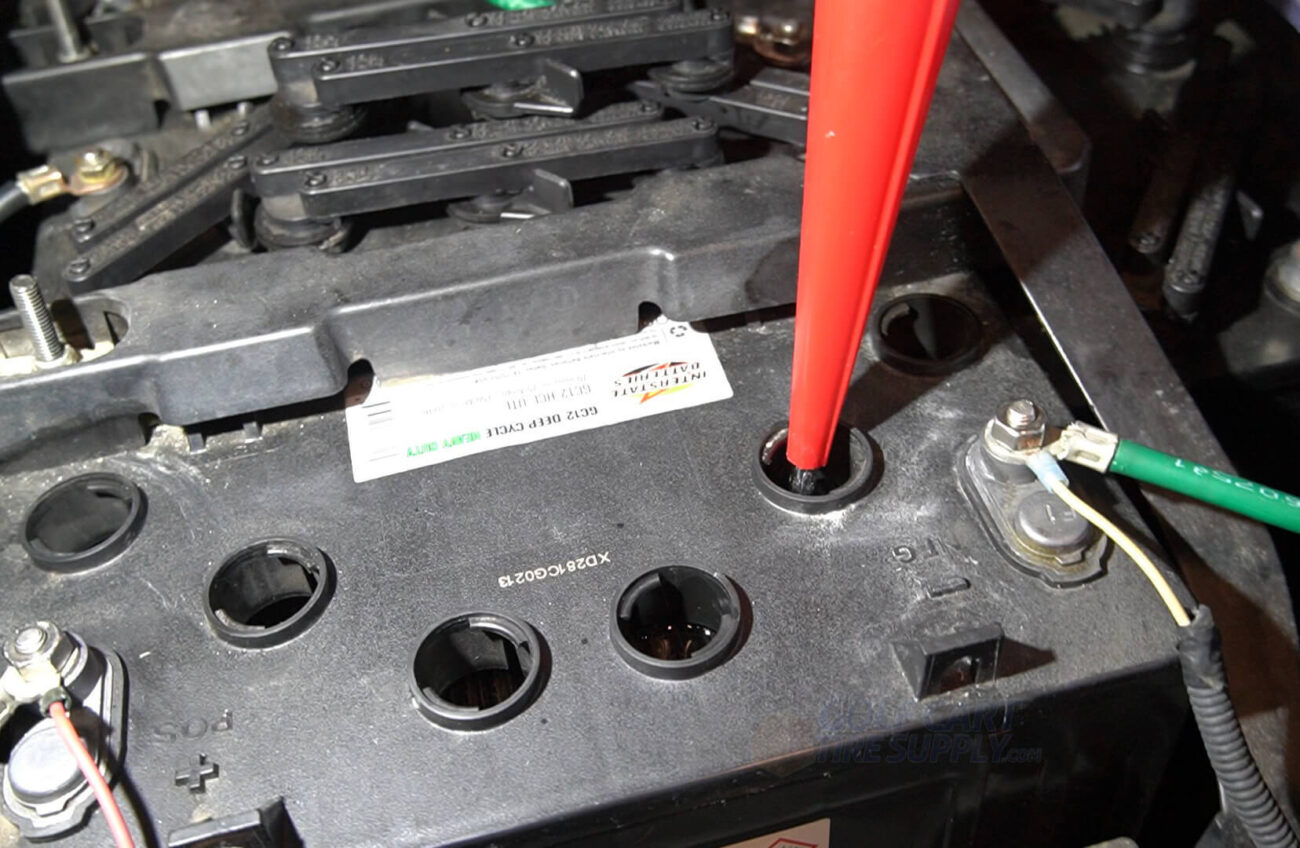
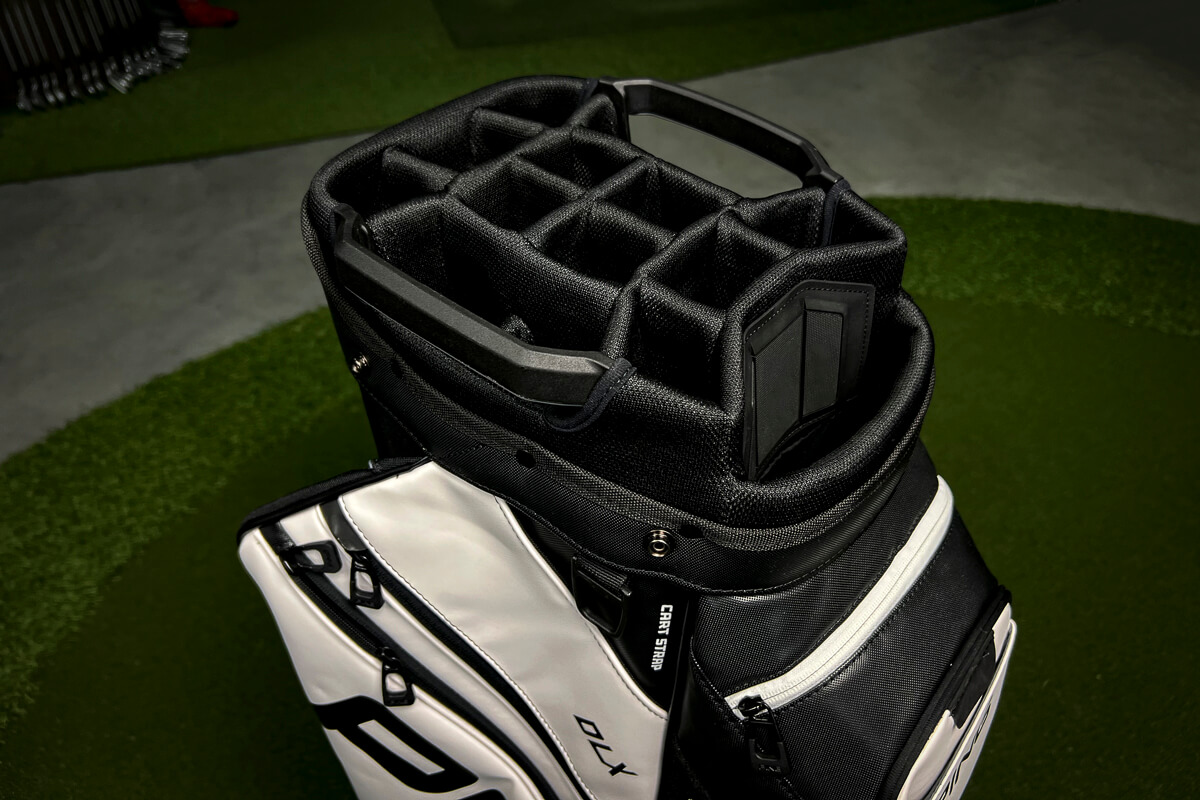

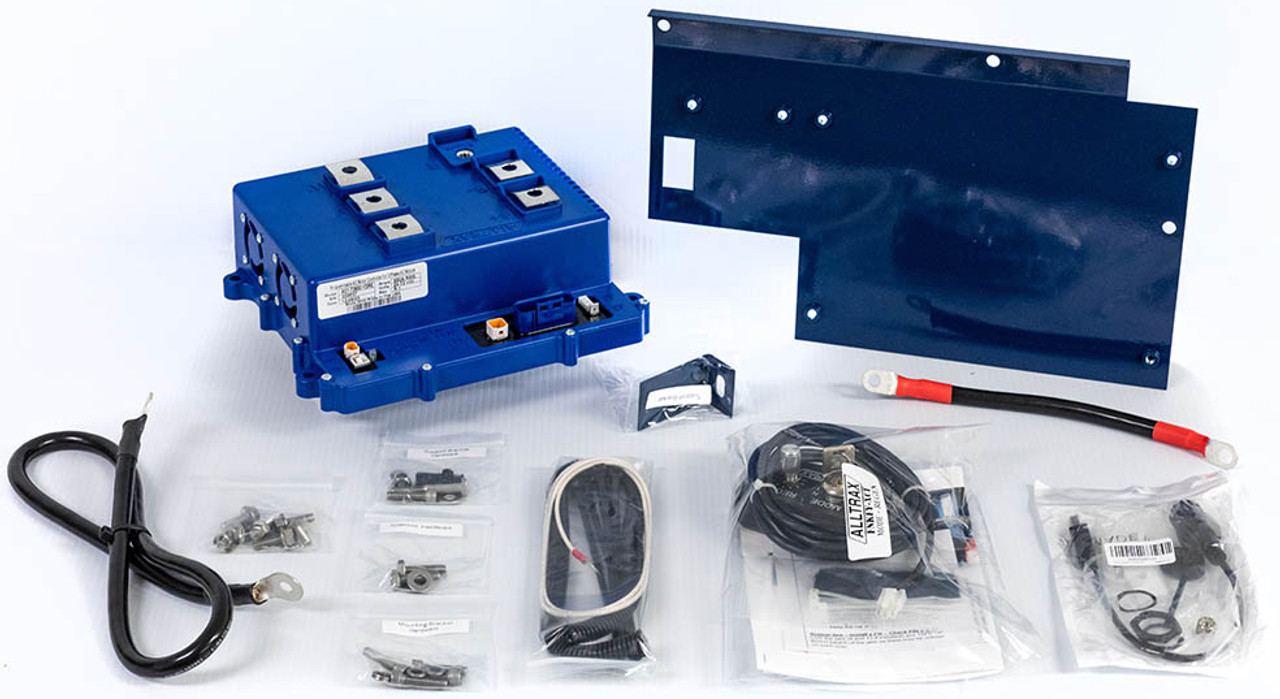
Add a review
Your email address will not be published. Required fields are marked *